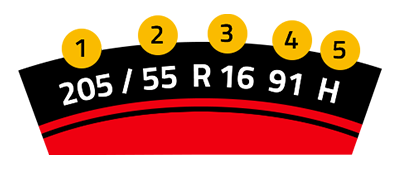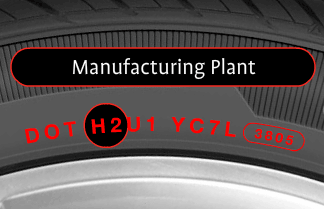Tire balance and alignment are important factors to determine passenger's comfort of a car. Usually balance means work to check uniformity of a tire and vibration such as handle trembling by correcting unbalance of a tire caused by difference of size, weight and steel property can be reduced. More comprehensive concept of alignment means alignment status that 4 tires are well fixed to a car without left or right inclining and handle leaning and trembling, etc during traveling can be cured.
UNIFORMITY
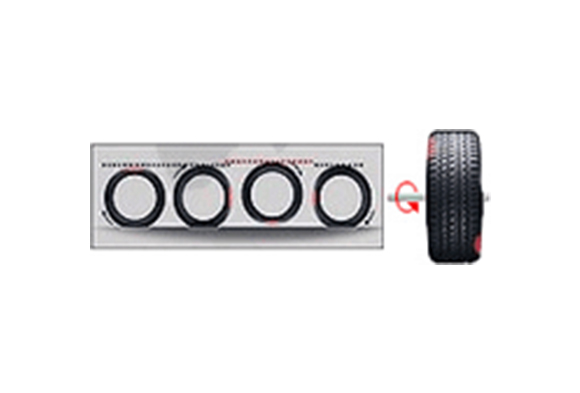
Diagnose 1. Run Out (size uniformity)
A tire looks a right circle but actually some differences of dimension arise while passing through manufacturing/distribution process (mixing, joint extrusion, cutting of raw material, bead, forming, vulcanization, finish inspection, keeping). Run out means inspection to diagnose or correct such un-uniformity of dimension, and vibration in up, down, left and right direction, that is caused by dimension change when rotating a tire vertically, is measured in the unit of mm. nt Usually run out of the rim inside of the wheel which is solider object than tire is measured and used.
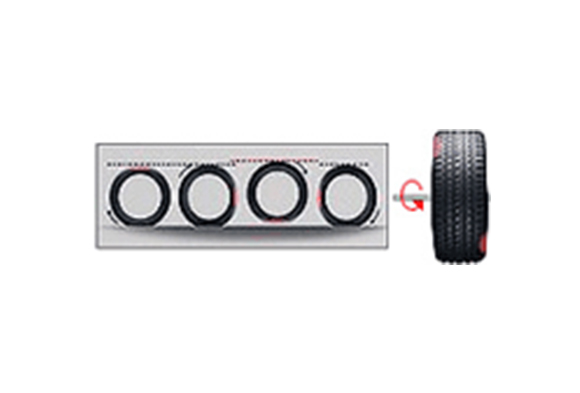
Diagnose 2. Balance (Weight Uniformity)
This is work to find out un-uniform weight distribution inside of a tire. For a round tire, there is tendency that a heavy side goes down in static status and upward or downward vibration arises while a heavy part touches with the ground surface. For a tire whose weight distribution is not even, trembling phenomena in the left or right when it rotates. General a car center finishes work by adjusting weight balance and driving a lead slice to the wheel but run out and uniformity of steel property must be determined together.
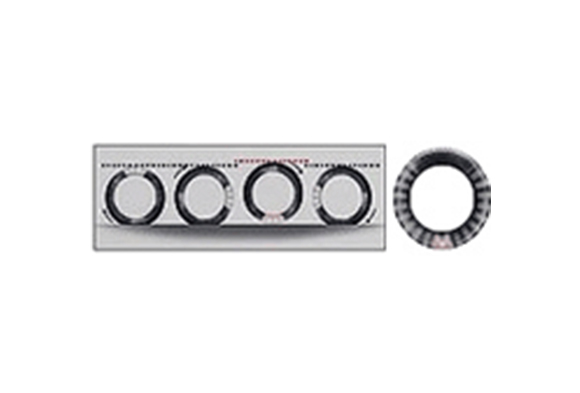
Diagnose 3. Stiffness (steel property uniformity)
Uniformity of steel property means difference of force change (road surface power) that appears 4 directions. A tire that has a hard air spring structure inside shows some un-uniformity, not rolling with same force in 360degree. In this case, upward or downward change of force is called as RFV, left orright side change of force as LFT. A heavy point and a point with a strong RFV are separately indicated and balance is adjusted when assembling with the wheel.
ALIGNMENT
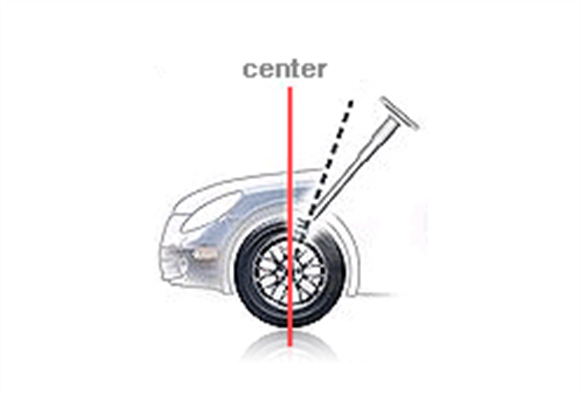
Diagnose 1. Traveling stability of caster is unstable.
A car has a shape that direction adjustment axle is more leaned behind than the wheel so that handle manipulation can be easily done when driving as a bicycle. Caster angle means a distance between centerline of a tire and centerline of the axle that a direction adjustment device is connected with. Common cars perform setting of +2 through +6. The larger caster angle, the better straight running performance at high speed and the more stable car travels. However, the handle heavily moves at low speed. A car easily moves at low speed if a caster angle is small but straight running performance at high speed is aggravated.
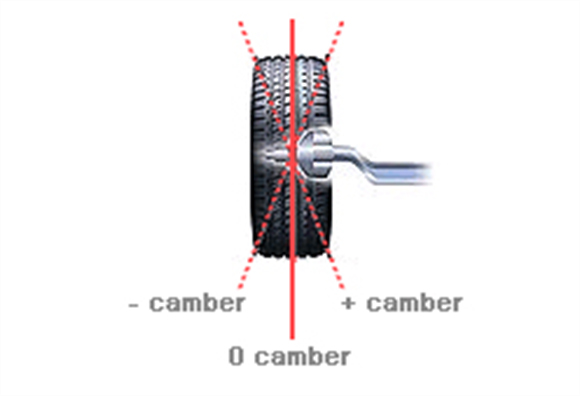
Diagnose 2. A car leans to either side of camber
Various diagnosis angles must be considered when connecting a tire with the car frame and 3 typical diagnosis angles of them are as follow. The camber means angle of a vertical centerline of a tire when viewed in front of a car and if the bottom of wheel leans inward at a proper position making the right angle against the ground surface, it is called as inward camber (+camber), and if leaning outward, it is called as outward camber (-camber). Common cars have camber angle of about 0 through -2 and for a racing cars, the camber angle is leaned by -6 degree to improve cornering effect.
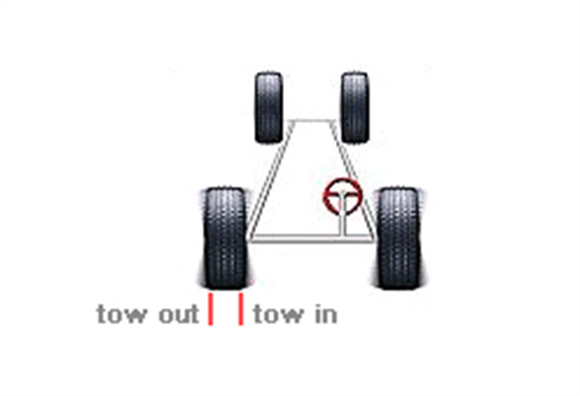
Diagnose 3. Tow handle is twisted.
A tow means interval difference between front side and rear side of both tires dangled with the same axle. Easily speaking, If a tire gets together like a intoed and interval of the front side becomes short, it is called as tow-in, and if a tire spreads to both sides and the interval of the rear side becomes short, it is called as tow-out. Tow setting has also effect on feature of suspension. For the tow-in, the tendency of under-steer that a tire tries to escapes from outside of the rotation diameter in cornering arises. For the tow-out, the tendency of over-steer that a tire tries to lean to inside of the rotation diameter in cornering arises.




 korea
korea
 china
china
 japan
japan
 vietnam
vietnam
 australia
australia
 thailand
thailand
 germany
germany
 uk
uk
 spain
spain
 austria
austria
 russia
russia
 poland
poland
 france
france
 italy
italy
 NE/BAL(EN)
NE/BAL(EN)
 TÜRKIYE
TÜRKIYE
 usa
usa
 canada(EN)
canada(EN)
 brazil
brazil
 egypt
egypt
